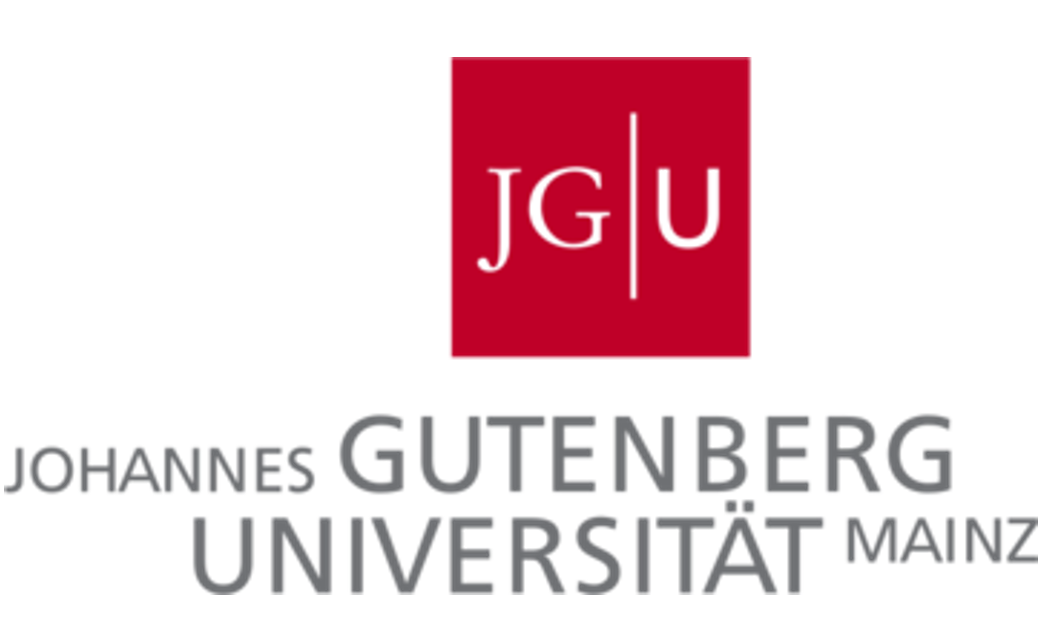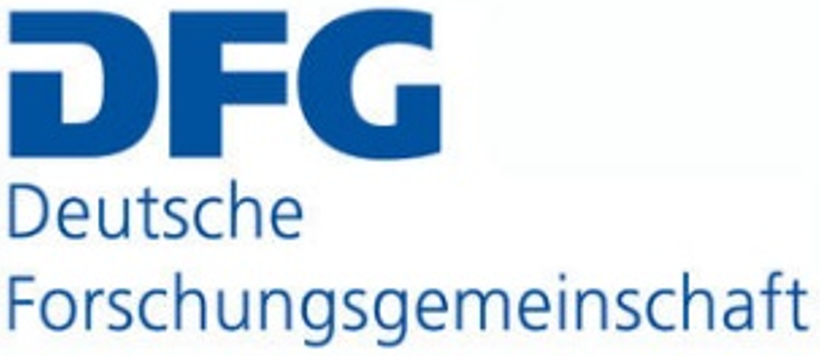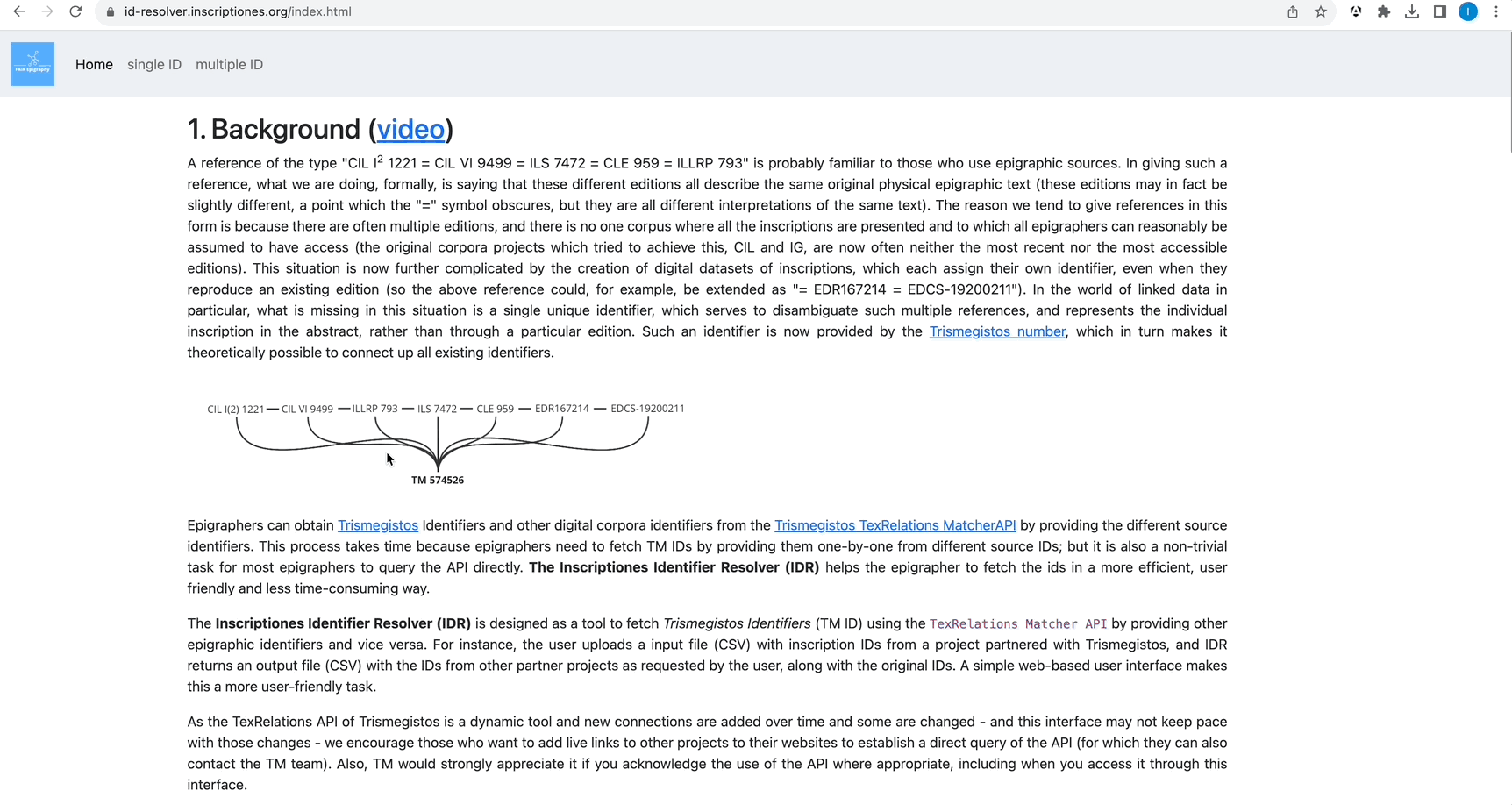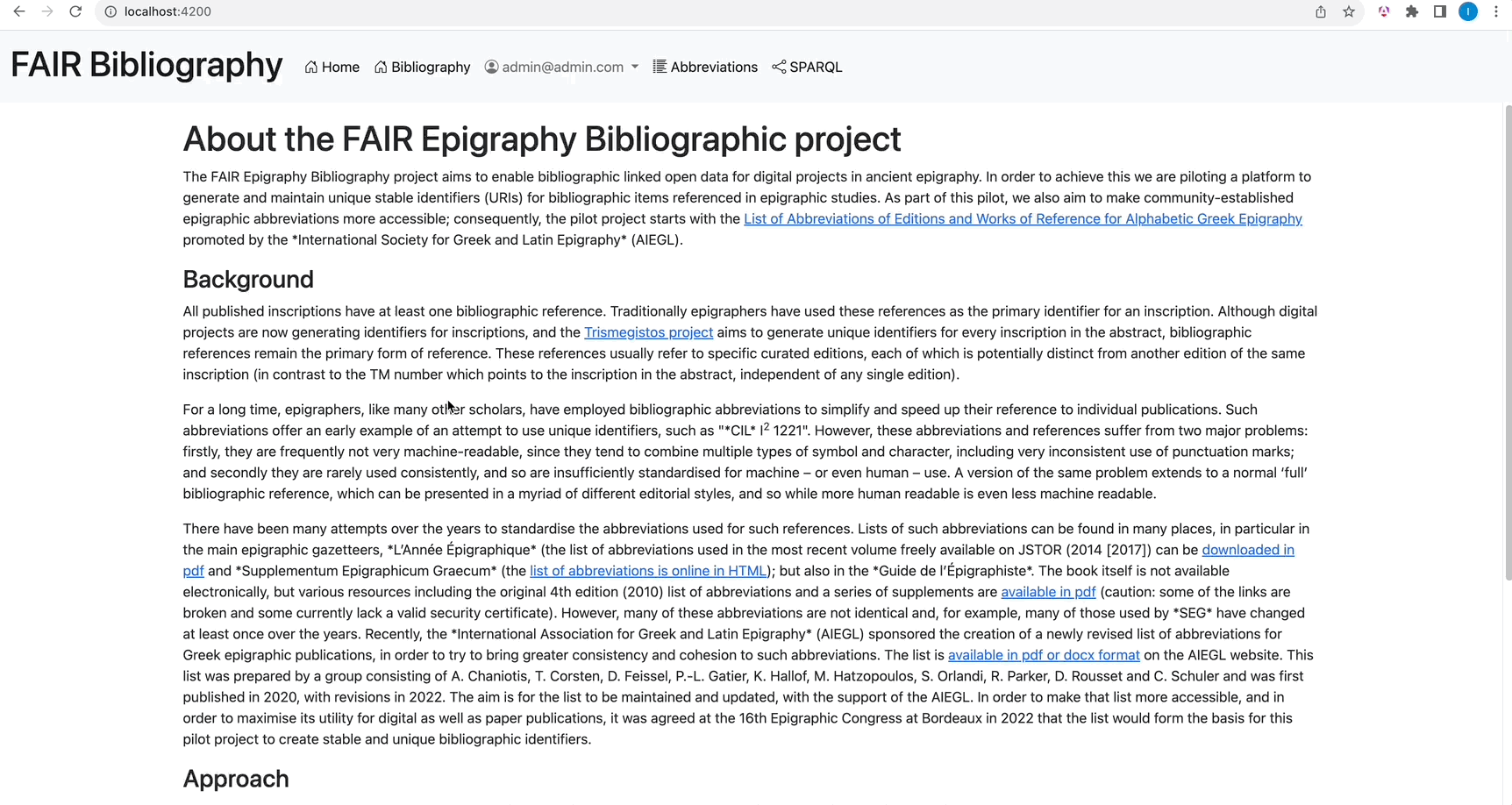

Hub for digital epigraphers providing access to FAIR and linked open data for epigraphy
The integration of digital humanities in the field of ancient history has generated major editorial and analytical epigraphic projects based on the diverse uses of writing in everyday life whether featured on amphora stamps for administrative usage and quality control, religiously motivated engravings in sanctuaries, Greco-Roman inscribed epitaphs, or even Pompeiian pornographic graffiti.
At the same time, large digital datasets have opened the door to the application of new methods such as Machine Learning. Working with digital methods and making use of digital tools has opened our eyes to new approaches, allowing for innovative, unusual perspectives and interpretations of Greek and Roman history, economy, and culture. There exist several large (100,000+ texts) and many more small-scale epigraphic databases and corpora. The development of the EpiDoc TEI XML standard in the early 2000s has accelerated this work and inspired the first international efforts to network the many, excellent databases and to develop common minimum standards.
The overall desirability for FAIR (Findable, Accessible, Interoperable, Reusable) data is fundamental to advance research into the epigraphic, linguistic, and material culture of the ancient world. With the increase in Linked Open Data and novel interface technologies and standards, this project will be able to create the tools and the community needed to transform epigraphic research in the digital age. Our internationally collaborative approach will enable and support innovative research across epigraphic data, and the wider linked web of data (especially archaeological data), such that all epigraphic data is increasingly FAIR for both the research community and the wider public. To that end, we aim to (1) consolidate community-wide standards (vocabularies and ontology); (2) develop the tools for community implementation of those standards (vocabulary and ontology hosting and publication); (3) host and make fully accessible the resulting linked open data published by individual projects (RDF/XML data publication).
The project team, supported and backed by a dedicated community of epigraphers, will provide the advice and training to enable alignment with agreed standards by past, current, and future projects (technical and practical support, development of best-practice networks and training materials). The PIs and the team members will illustrate the cutting-edge research potential of epigraphic linked data and its integration into the wider web of data by publications and research on Greek and Roman history, culture, and economy.
Learn More



The FAIR Epigraphy project will run for 36 months from 2022-2025, and is co-directed by Marietta Horster (Mainz, Germany) and Jonathan Prag (Oxford, UK).

The FAIR Epigraphy project aims to enable the epigraphy linked data cloud and facilitate interoperability in the epigraphic world. To achieve our goal, we need to make epigraphic data ...
Continue reading
A reference of the type "CIL I2 1221 = CIL VI 9499 = ILS 7472 = CLE 959 = ILLRP 793" is probably familiar to those who use epigraphic sources. In giving such a reference ...
Continue reading
The FAIR Epigraphy Bibliography project aims to enable bibliographic linked open data for digital projects in ancient epigraphy. In order to achieve this we are piloting a platform ...
Continue reading
Controlled vocabularies provide a consistent and objective way to describe data and define their exact meaning across projects and disciplines. They represent standardised ...
Continue reading
Fellow and Tutor in Ancient History, Merton College, Oxford University

Professor of Ancient History
Johannes Gutenberg-Universität Mainz

Assistant Professor
Aarhus University

Senior Research Software Engineer (FAIR Epigraphy)
Oxford University
Petra Heřmánková, Marietta Horster, & Jonathan Prag. (2022). Digital Epigraphy in 2022: A Report from the Scoping Survey of the FAIR Epigraphy Project (v1.0.0). Zenodo: https://doi.org/10.5281/zenodo.6610696
FAIR Epigraphy. (2022, November 22). FAIR Epigraphy Introduction. YouTube. https://youtu.be/S8gLl3HXGo0